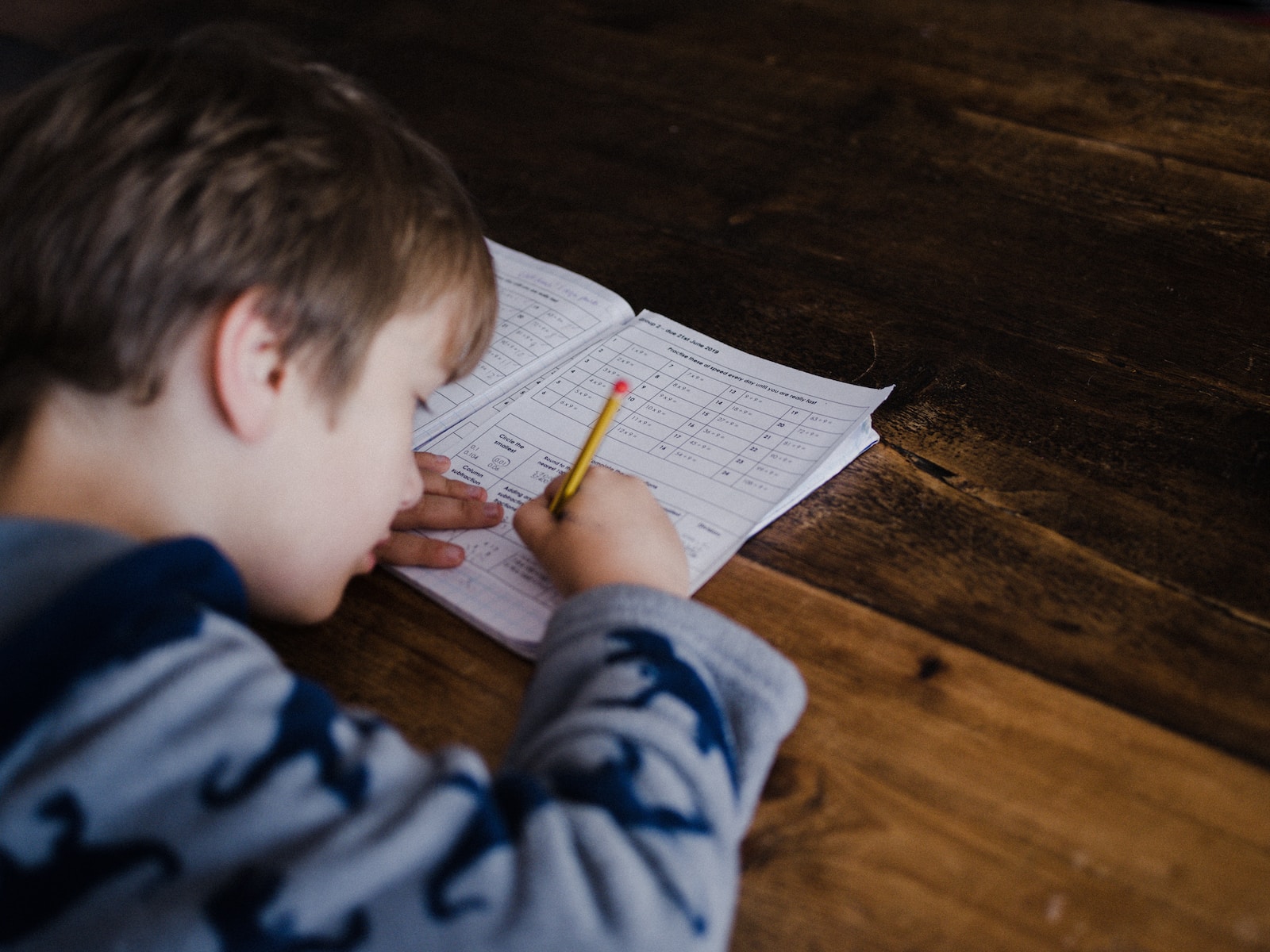14.4% of all students (ages 3-21) in the US are special education students — that’s more students with learning disabilities than ever before. A learning disability is a permanent neurological disorder ranging from subtle to severe that limits basic learning skills like reading, writing, speaking, or math. Higher level learning skills, including organization, time management, and memory may also be affected. Fortunately, practical support and tailored resources are available to help students with disabilities thrive at every stage of their education.

Common disabilities and learning difficulties
In the US, dyslexia is the most common learning disorder, affecting 5%-17% of children. Dyslexia involves difficulty with reading even though the student may be intelligent and motivated. Moreover, children with learning disabilities are often affected with multiple diagnoses and conditions. For example, 764,000 children and adults are estimated to have at least one symptom of cerebral palsy. Cerebral palsy is a set of lifelong disorders that usually include learning difficulties like concentration, motor skill, and language difficulties. In some cases, cerebral palsy is caused by unavoidable damage to the baby’s brain before, during, or shortly after birth. It can, however, also be caused by medical negligence. Cerebral palsy law can help families pursue a legal case and win compensation to care for their child for life.
Assistive technology
Assistive technology centers provide students with disabilities with information and support, including the right assistive technology for the students’ unique needs and explaining how to use it. In particular, speech-to-text tools eliminate the need for handwriting as students can simply talk into the microphone and their work will be translated into text; students with dysgraphia or dyslexia can benefit from this. Digital recorders also let students record their lessons, allowing them to listen back later. This technology is useful for students with ADHD and those with difficulty concentrating.
Support and accommodations
Fortunately, special accommodations can help students succeed through every stage of their education. In most cases, students with disabilities are eligible for extensions that give them extra time to submit coursework and complete exams. Students who struggle with writing, for example, may be able to do oral exams instead, while others may sit their exams in a separate quiet room, allowing better concentration. In the classroom, notetakers or scribes and accessible seating can be provided.
Although they’re faced with different challenges, students with learning disabilities can thrive in education. As long as students and their families research available support and accommodations, they’ll be able to achieve their educational goals.


